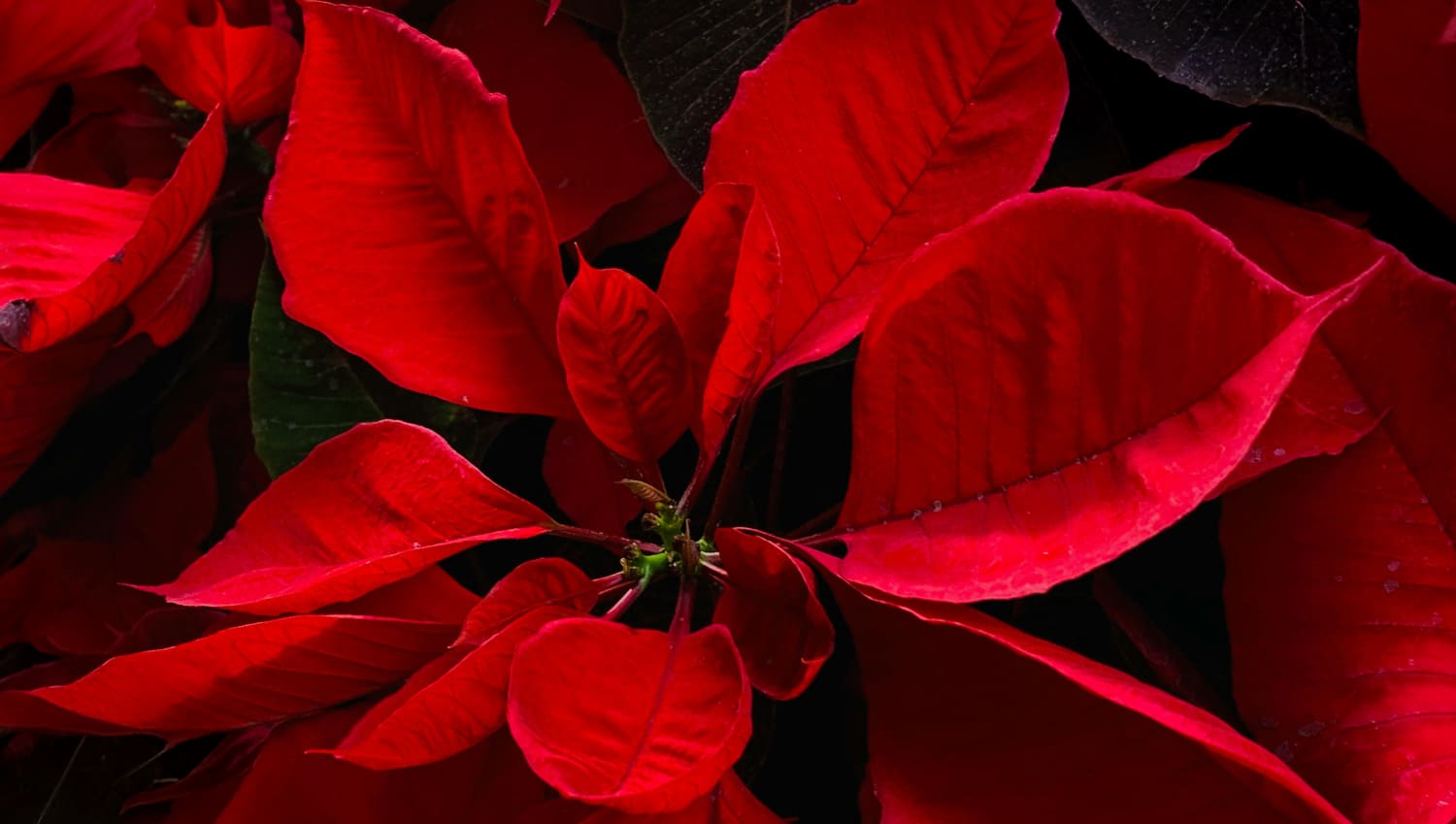In the heart of a valley surrounded by beautiful hills full of leafy holm oaks, oaks and pines sits El Tuito, a quiet town with typical serrana (highland) architecture that is located just an hour’s drive south of Puerto Vallarta’s El Centro.
For many years, among residents and frequent visitors to our destination, El Tuito (a Nahuatl derivation that means “Place of Gods” or “Divine Place”) has been an ideal place to stop for breakfast on an adventure whose final destination might include Mayto and/or Tehuamixtle, some of the beautiful beaches near this town of 5,000 inhabitants.
In our effort to highlight the attributes of places near Vallarta · Nayarit, the Vallarta Lifestyles editorial team decided to visit and get to know this charming place that’s more than 350 years old, with the aim of presenting a new vision of everything El Tuito has to offer.

History and Vestiges of the Past
Before the Conquest, the territory was populated by Wixárikas, Coras and Tecuexes, indigenous tribes whose cultural legacy can be appreciated in the dozens of petroglyphs found in the mountains surrounding El Tuito, some of which can be observed through a short guided walk.
Founded in the 16th century by Spanish and Portuguese settlers under the name San Pedro El Tuito, this place initially was considered a starting point to continue colonizing the different areas of the mountains. By the end of the 19th century, the Michel family established themselves in the town and created what was the economic nucleus of the region: Hacienda San José, dedicated to sugar production. Today, just some of its ruins can be seen along the banks of the crystalline La Hacienda River.
A curious fact is that this family was close friends with Porfirio Díaz, who ordered the construction of El Faro de Playa Corrales (Corrales beach lighthouse) where Banderas Bay ends, to be able to visit them frequently. In fact, by 1872, the general, with their help, remained hidden in different parts of the town just before being exiled.
On April 1, 1944, El Tuito was named the municipal seat of Cabo Corrientes, but not before having belonged to Tomatlán, Talpa de Allende and Puerto Vallarta.

Gastronomy
El Tuito abounds with traditional eateries that serve mountain cuisine, that is, typical Mexican dishes based on recipes passed from generation to generation. An excellent place to sample it is El Patio de Mario, an establishment located next to the main square that since 1788 has been serving specialties such as birria, menudo, chilaquiles, machaca, mole and pipián in the courtyard of an authentic mansion.
Today, the cattle industry drives the town’s economy, so you can find several places offering delicious panela and fresh cheeses made by hand. Los Quesos de Don Piojito is a good place to buy these tasty dairy products. Likewise, the bread made with cinnamon and steamed in a wood-fired oven is another El Tuito hallmark. Panadería Don Ramón, with more than 30 years of experience, produces more than 1,400 items daily, including conchas, empanadas, tostadas, niños and picones, delights you will want to take back home.
In a town near El Tuito called Ixtlahuahuey, there is an approximately 740-acre coffee-growing area. As it is 1,968 feet above sea level, this coffee is robust (which means less acidity and more character in the cup). Due to its proximity to the bay, salt notes can be appreciated in this exquisite beverage—without a doubt, another delicious souvenir you will want to take with you to enjoy with the family.
Undoubtedly, El Tuito is known for its raicilla, which is still handcrafted in the various distilleries you can visit to learn about and taste this smoky-flavored drink. In fact, Hacienda El Divisadero has a raicilla distillery that produces this distillate from three varieties of agave: Amarillo, Verde and Chico Aguiar, which take 10 to 12 years to mature, and their center piña (so called for its pineapple shape) can weigh 880 pounds. It’s an experience where you learn at the hand of an experienced master distiller.

Art and Culture
Like most tourist destinations in Mexico, El Tuito has its monumental letters located next to the main square. Each of them has a different meaning, based on folklore, gastronomy, religion, raicilla and the primary activities in the region. Recently unveiled in 2019, they were done by Gerardo Molina, a local artist.
In this area of town there is also La Casa de la Cultura, where El Tuito residents meet for various activities related to arts and reading. A large mural over the stairs stands out, telling the story of the municipality’s founding and including various illustrious figures from Mexico’s history.
A couple of blocks away is Galería Coppelia, a project headed by María Santander, who set up her guest house (formerly owned by renowned painter Manuel Lepe) with the intention of facilitating a non-profit space for El Tuito‘s artistic and artisan community to exhibit their works. Today, with a growing list of more than 30 artists, throughout the gallery you can see paintings made with different techniques and materials, as well as jewelry, antiques and crafts in both wood and metal. On the other hand, artist Lilia Solorio, who allows entrance to her modest house/workshop, makes exact clay replicas of pre-Hispanic figures from the Mayan, Huasteca and Zapoteca cultures, among others.

Lodging
Although El Tuito has a limited offering of hotels, you can find rooms either in small hotels or rental houses. Another option, located less than two miles from the center of town, is Rancho Primavera, a place that offers ranch houses surrounded by local vegetation in an extensive, peaceful area. They have a natural pond that is frequented by wildlife and countless native birds, so this site is excellent for sighting various species.

Local Festivities
Held from January 4 to 12 each year, the solemnities celebrating St. Peter the Apostle bring together residents and visitors around the church and main square, where various activities take place, including Eucharistic celebrations, floats and Mexican food stalls. During these festivities, you can enjoy “Calientes,” a rustic drink made with raw milk boiled with cinnamon and served with raicilla or chocolate.
A trip to El Tuito means enjoying true rural Mexico through each and every one of its activities. Its serrana architecture and house facades in a mixture of three colors of clay (red, orange and white), along with all its attributes, make this town a unique experience.



